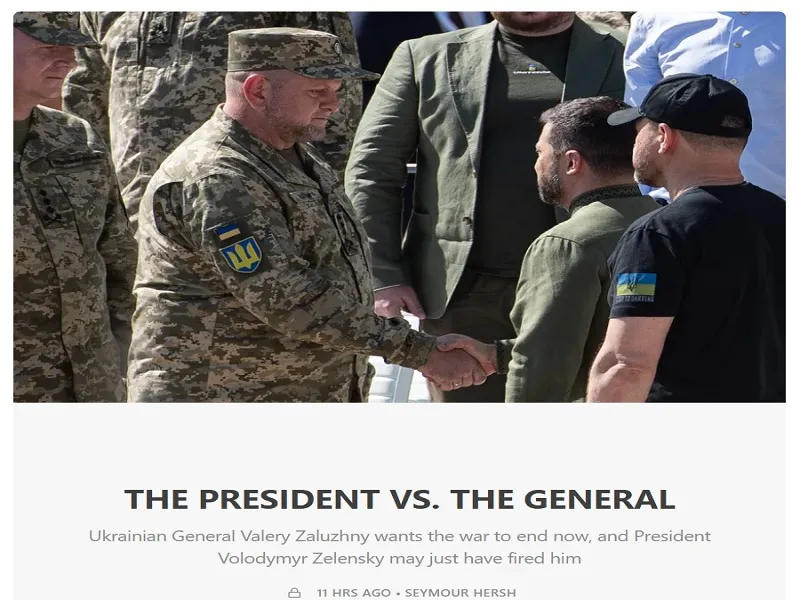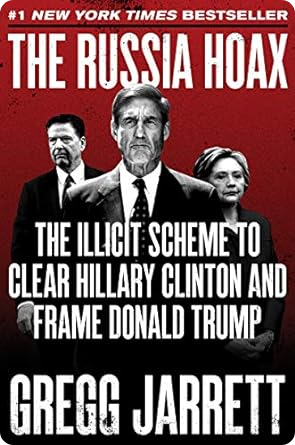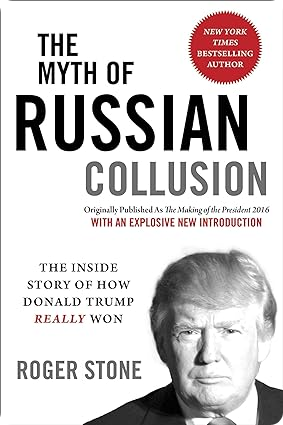
Seymour Hersh Is Onto Something: Zaluzhny May Very Well Have Been Flirting With Peace Talks
Keep up to Date & Bypass the Big Tech Censorship
Get uncensored news and updates, subscribe to our daily FREE newsletter!
The purpose of this analysis is to place the past week’s Zelensky-Zaluzhny drama into context in light of Nuland’s previously unannounced trip to Kiev and Hersh’s latest bombshell about the real reason why Zelensky wants to sack Zaluzhny.
Hersh’s Latest Bombshell
Pulitzer Prize-winning journalist Seymour Hersh cited sources to report on Thursday that “Zelensky’s desire to fire his commanding general is the result, some Americans believe, of his knowledge that Zaluzhny had continued to participate – whether directly or through aides is not known – in secret talks since last fall with American and other Western officials on how best to achieve a ceasefire and negotiate an end to the war with Russia.” He might be onto something for the reasons that’ll now be explained.
| Recommended Books [ see all ] | ||||
|---|---|---|---|---|
 |  |  |  |
 |
The Curious Timing Of Nuland’s Latest Trip To Kiev
The past week was characterized by speculation about the Commander-in-Chief’s future after Ukrainian sources reported that Zelensky demanded his resignation on Monday, which Zaluzhny refused to tender, and then Western ones claimed that he’ll be fired sometime in the coming future. German media added a new twist to this drama by citing their own sources to claim that top generals refused to accept Zaluzhny’s firing, which forced Zelensky to backtrack for the time being and re-evaluate his options.
As this was unfolding, Acting Deputy Secretary of State Nuland of “EuroMaidan” infamy traveled to Kiev, though it’s still unclear why. Some believe that it was tied to reports that the US will soon give Ukraine Ground-Launched Small Diameter Bombs (GLSDB), thus accounting for why she said that “Putin is going to get some nice surprises on the battlefield”, while others think that it’s connected to this drama. She probably came mostly for the first reason but also discussed the second issue while there too.
The Western Media Turns On Zelensky
While it can’t be known for sure, it’s possible to intuit the US’ true attitude towards Zelensky’s reported plans to fire Zaluzhny by reading between the lines of some media reports. The New York Times (NYT) published one earlier in the week about how “With Fate of Ukraine’s Top General in Question, All Eyes Turn to Zelensky”, which noted how his possible firing would be purely political and very unpopular. It’s also worthwhile mentioning that the NYT was the first major outlet to draw attention to their rivalry.
The preceding hyperlinked analysis of their report assessed that “the West could support [a Zaluzhny-led mutiny’s] swift success for the ‘greater good’. What’s meant by this is that Zaluzhny’s replacement of Zelensky could lead to the resumption of peace talks, a sincere anti-corruption campaign, and elections that implement the West’s allegedly desired change of elites” that President Putin talked about a few days earlier. The NYT also discredited Ukraine’s state-financed news in early January as explained here.
The pattern at play, which becomes undeniable when reviewing the collection of articles enumerated in the above hyperlinked analysis from late October till that date, is that the Mainstream Media has decisively shifted its narrative about the conflict and is now increasingly critical of Zelensky. In fact, “There Was A Whiff Of Mutiny In The New York Times’ Report About Ukraine’s Krynki Debacle” in mid-December too, the observation of which was extended credence by a recent “Kyiv Post” report.
A Whiff Of Mutiny In The Air
Titled “Ukrainian Troops Say Military Supports Zaluzhny Totally, Kyiv Politicians Need to Back Off”, it contained harsh criticisms of Zelensky and ominously ended by quoting a spy who said that “I think that such significant changes (Zaluzhny’s resignation) could trigger an explosion in the military and society.” Coming on the same day as the NYT’s latest one and amidst the spiraling Zelensky-Zaluzhny rivalry, it suggests that the armed forces don’t blame their Commander-in-Chief for the past two years’ setbacks.
These include the failed counteroffensive, which the NYT was once again one of the first leading outlets to report about this unsavory aspect of the conflict, as well as Zelensky’s wildly unpopular conscription drive. About that, “Zelensky Can’t Eschew Responsibility For Rising Public Anger At Ukraine’s Conscription Crisis”, the preceding hyperlinked analysis of which includes two important paragraph’s worth of insight relevant to the present piece that’ll now be republished for the reader’s convenience:
“The Commander-in-Chief knows better than anyone else in Ukraine that his side’s envisaged maximum victory over Russia is impossible, but it’s still being sought in spite of that because it’s ultimately the President’s decision whether or not to continue the conflict. Zelensky’s order to fortify the entire front instead of resuming peace talks with Russia per reported Western pressure and unilaterally complying with its requested security concessions in defiance of his patrons is why more conscription is needed.
In response to these military tasks placed upon him against his implied will, Zaluzhny presumably informed Zelensky that it can only be accomplished with half a million more troops, but Zelensky dishonestly made it seem like his top rival made this demand on his own. This twisting of the truth was meant to redirect public anger against Zaluzhny even though it’s Zelensky who’s entirely responsible for trying to perpetuate the conflict for self-serving political reasons as it finally begins to wind down.”
Russia Gears Up For Another Offensive
This analysis from late November about how “NATO’s Proxy War On Russia Through Ukraine Appears To Be Winding Down” contains over a dozen analyses in support of that observation from summer till then alongside just as many media reports from the days leading up to that piece. They’re important for readers to review or at least skim through in order to understand the way in which the military-strategic dynamics of this conflict completely shifted since summer’s failed counteroffensive.
“Ukraine Is Bracing For A Possible Russian Offensive By Fortifying The Entire Front” after being placed back on the defensive as a result of that debacle, which could lead to more on-the-ground losses later this year if the conflict isn’t soon frozen, thus risking major embarrassment for the West. That’s why “Naryshkin’s Scenario Forecast About The West Replacing Zelensky Shouldn’t Be Scoffed At” after Russia’s foreign spy chief predicted in early December that they might replace him with Zaluzhny.
“Deep State” Power Plays In Ukraine
“The IL-76 Shootdown By A US Patriot Missile Could Lead To Zaluzhny’s Replacement With Budanov”, however, after it was assessed in that particular analysis that the US’ liberal-globalist policymaking faction that envisages a “forever (proxy) war” with Russia could have done that for this reason. In brief, it was thought that killing those Ukrainian POWs “by accident” (as it might possibly be spun) could create the pretext for Zelensky to replace him with a more politically reliable figure with less public resistance.
That would in turn preempt the efforts by their comparatively more pragmatic conservative-nationalist policymaking rivals who envisage freezing this conflict sooner than later, possibly by Zaluzhny replacing Zelensky in order to break the dilemma over resuming peace talks, in order to “Pivot (back) to Asia”. The impetus behind these plans is to more muscularly contain China as soon as possible after deeming it a much greater great to the US’ strategic interests than Russia, who’d be contained in Europe by Germany.
Even if Zelensky isn’t dramatically replaced, he could still gradually exit the political stage by creating a “government of national unity” to manage growing political tensions per the demand put forth in late December by an expert from the powerful Atlantic Council think tank. Removing Zaluzhny would risk exacerbating those aforesaid tensions in an uncontrollable way, however, and thus entails considerable blowback potential that might have even spooked some of the most rabid liberal-globalists like Nuland.
Nuland’s Dilemma
There’s no doubt that she’s the posterchild of that policymaking faction and feels personally invested in the “forever (proxy) war” that her ilk wants to wage with Russia through Ukraine after her role in “EuroMaidan”, but that might be precisely why she doesn’t want to risk this project suddenly failing. Getting rid of Zaluzhny would undercut her comparatively more pragmatic conservative-nationalist rivals, but at the potential cost of facilitating the exact same scenarios that she wants to avert in the first place.
Not only might the military mutiny, but his potential coming to power could see him agree to Russia’s security guarantee requests of demilitarization, denazification, and restoring Ukraine’s constitutional neutrality that Moscow demands for peace, and with public support for this too. The armed forces and civil society trust him, so he could swiftly bring an end to this conflict in that scenario sequence, which is what the conservative-nationalists want in order to prioritize containing China.
Reassessing The Real Reason Behind Her Latest Trip
With this insight in mind, Nuland’s previously unannounced trip to Kiev begins to make a lot more sense. While the timing was probably related to GLSDBs, she as one of America’s top diplomats would have also presumably addressed the speculation swirling around Kiev about Zaluzhny’s impending dismissal and whispers about the secret brainstorming sessions that some are having in the West about peace talks. He’s her opponent in his respect, but getting rid of him could create more problems than it’s worth.
On the one hand, she might have advised Zelensky to delay his decision for some time, whether to let the prior brouhaha die down a bit or to more compellingly precondition the public to accept this such as building the false narrative that Zaluzhny was responsible for the IL-76 POW shootdown last month. On the other hand, however, she might have instead told him to go through with it after promising him the support of her powerful liberal-globalist faction if things get rough and a mutiny materializes.
As the saying goes, only time will tell, but the purpose of this analysis is to place the past week’s drama into context in light of Nuland’s previously unannounced trip to Kiev and Hersh’s latest bombshell. The US is split on what to do next, with its “deep state” rivalry between the anti-Russian liberal-globalists and the anti-Chinese conservative-nationalists peaking over the future of this conflict as the first wants another “forever (proxy) war” while the second wants to cut its losses and focus on containing China.
Concluding Thoughts
The outcome of their internal policymaking rivalry, which externally manifests itself through the Zelensky-Zaluzhny rivalry, will determine the coming course of the New Cold War. The US will either remain mired in Ukraine trying to contain Russia or “Pivot (back) to Asia” in order to more muscularly contain China. If Hersh’s source is correct about the new policy “envision[ing] sustained support for Zaluzhny and reforms that would lead to the end of the Zelensky regime”, then the latter is likely.


